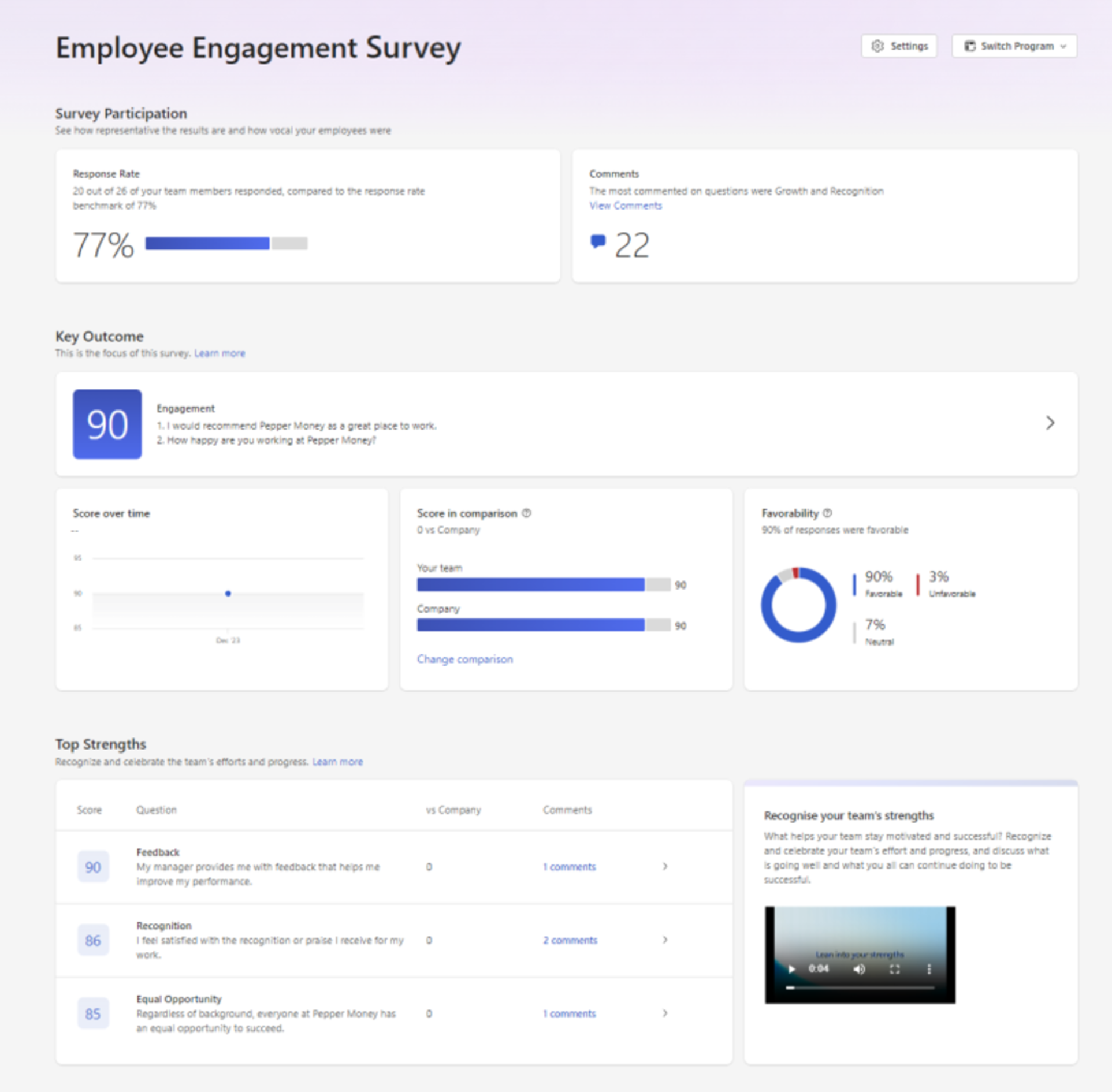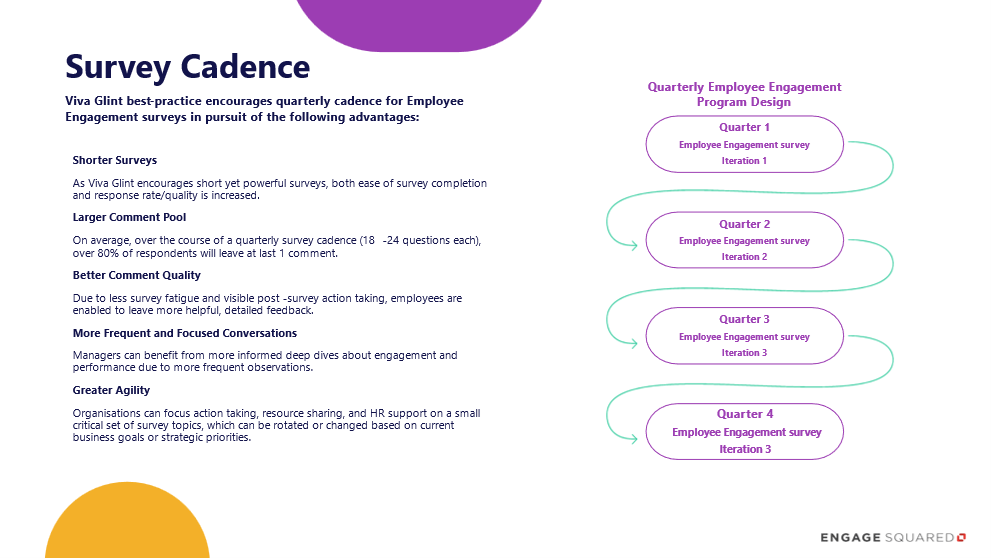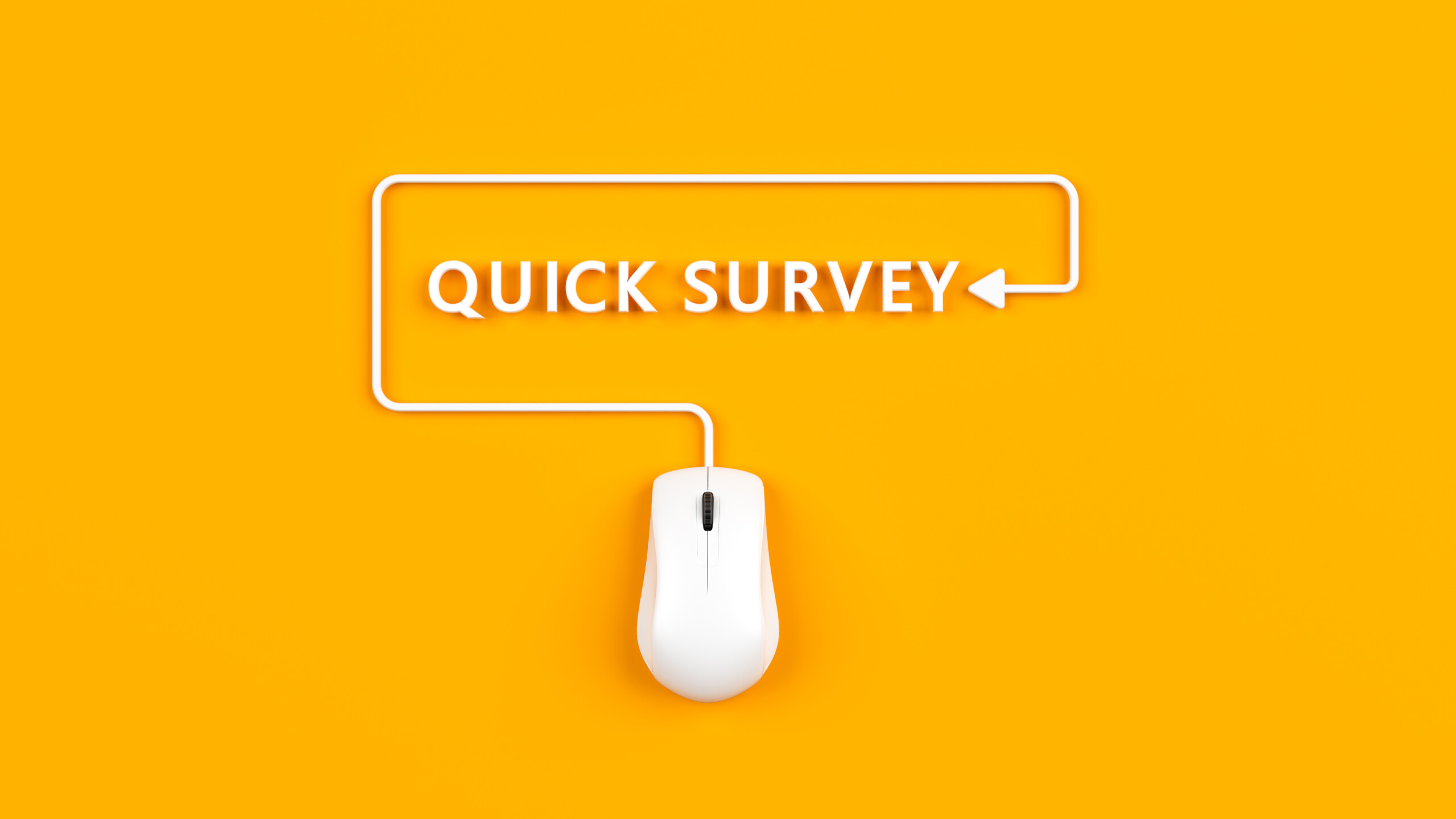
Our client is a leading consumer finance company that specialises in providing a wide range of financial services, including consumer lending and residential mortgages.
Industry
Financial Services
Country
Australia
Company size
2000+
Context
The mounting imbalance between work and life for our client not only strained individual employees but also posed a significant threat to team dynamics and the overall social capital. Symptoms of increased burnout and diminishing well-being highlighted the urgency for a transformative solution aimed at prioritising the well-being of its workforce and proactive measures to foster a healthier work environment.
Our client’s previous employee engagement survey strategy was assessed and revealed a disconnect between the survey questions and the problem which was being targeted. The yearly survey was simply aiming to cover too many topics, with none yielding sufficient actionable data. Therefore, there was a clear requirement for a valid survey targeted at employee engagement rather than a ‘Jack of all trades, master of none’ survey.
With Viva Glint recently added to the ever-growing Microsoft Viva employee experience platform, Engage Squared was delighted to implement this new tool and provide an outlet for employees’ wellbeing to be captured.
Challenge
Our client was aware of a growing imbalance between work and life, increased burnout, and decreased wellbeing. It was evident that there was an urgent need to reimagine their digital employee experience, and Viva Glint had already caught their eye as a tool to address these concerns.
The implementation of Viva Glint as a people-driven survey platform delivered both an accurate understanding of their employees’ digital experience, and a brand-new toolbox for results action-taking.
There were two main concerns that our client wanted to address with the implementation of a new survey process:
- Accountability: A significant factor in transforming their existing survey approach was the lack of accountability on manager action-taking. The process of utilising an external survey organisation which provided results only at an aggregated company-wide level meant managers had no visibility on their team’s results.
- Manual effort: Due to this survey process, they were required to implement significant manual effort to ensure the full process was implemented correctly. Manual processes such as distributing survey invitations, reminders to complete the survey, and generating actionable insights based on the received data led to inefficiencies in this process.
Approach
To attain sign off for our proposed program design in Viva Glint, we were required to generate executive buy-in for the shift from the previous process. In presenting our design in line with Viva Glint best-practice to the DWP steering committee, enthusiasm and positivity around our approach was soon generated.
Our approach incorporated 3 key considerations:
- Firstly, the utilisation of Viva Glint as a survey tool to address their manual effort concerns and provide automated communications and action-taking plan generation. Through Viva Glint, communications are issued at set times for all employees, and reminders are only sent to those yet to complete the survey. Additionally, managers are enabled to take action by gaining access to their teams’ results and team-specific customisable action-plans.
- Secondly the program design was diversified across various topics and cadence. In addition to employee engagement, manager effectiveness was also included to gain insights into how actions taken in response to different areas of the organisation affected employee engagement. To facilitate this, a schedule was created with two employee engagement and manager effectiveness surveys each, deployed in Q2 and Q4, and Q1 and Q3, respectively. This ensured actions could be measured for impact on both the topic itself and the alternate topic in subsequent quarters. Additional topics like diversity & inclusion and a customer satisfaction survey were evenly distributed throughout the year.
- And finally, the upskilling of key HR leaders and technical administrators was undertaken to ensure that business-as-usual activities could be routinely undertaken in the future. Knowledge areas included platform access, data permissions, survey configuration guides, and Viva Glint best-practice considerations.
With the above approach signed off, an employee engagement survey was successfully configured in our clients own tenant, with a pilot test survey issued to a small subset of employees. This pilot survey confirmed functionality of survey configuration and automated features, in addition to providing a visual demonstration of the end-user experience to the project team and select executives.
Alongside this, the following training material was developed for the company leaders to successfully configure a diversity & inclusion survey for deployment in Q1 2024.
- Survey Configuration
- End User Guide
- QRGs
- Best Practices

Result
The result of introducing Viva Glint to this leading consumer finance organisation has been met with praise from their HR team. By introducing a people-driven survey tool it has allowed them to be strategic in when they send their surveys out and the information, they want to capture to make meaningful changes.
The benefits of introducing Viva Glint include:
- Shorter surveys: The ease of survey completion and response rate/quality has increased thanks to Viva Glint maximising validity using short yet powerful surveys.
- Larger comment pool: Over the course of a quarterly survey cadence (18-24 questions each), they can now expect over 80% of respondents to leave at least 1 comment on average.
- Better comment quality: Due to less survey fatigue and visible survey result action taking, employees are now incentivised to leave more helpful, detailed feedback.
- More frequent and focused conversations: Thei HR Managers can now benefit from a wider-range of results regarding engagement and performance due to more frequent observations.
- Greater agility: They can now focus on action taking, resource sharing, and HR support on a small critical set of survey topics, which can be rotated or changed based on current business goals or strategic priorities.



